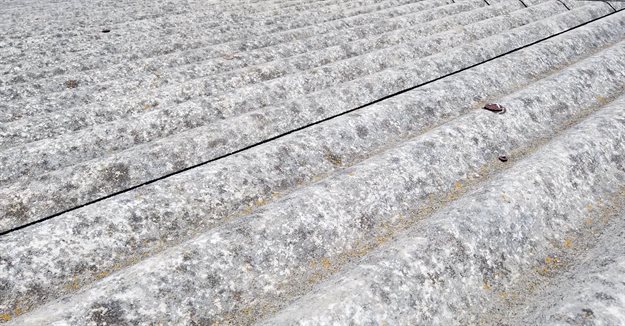
Top stories






More news












Jäck says the removal of asbestos is strictly regulated by the Asbestos Abatement Regulations 2020 and will be closely monitored by the Department of Employment and Labour in accordance with the Occupational Health and Safety Act (Act 85 of 1993) (OHS Act)). Depending on the quantity of asbestos and its condition, home and building owners must commission the services of an approved and registered asbestos contractor (RAC) to work with or remove asbestos.
The Asbestos Abatement Regulations 2020 provides detailed guidelines for the identification of asbestos and plans for its removal including the use of only registered asbestos contractors.

Jäck explains that asbestos maintenance and removal is classified into three types of asbestos:
Type 1 asbestos includes the painting of asbestos cement products that do not need surface preparation or cause any release of asbestos fibres, or the removal of less than 10m2 of asbestos or equivalent gutters and piping or asbestos insulating boards, where removal work may not be repeated on the same site within a period of six months. This work does not need the contractor to be a registered asbestos contractor with the Chief Inspector (Department of Employment & Labour), however it does require written approval from the Department prior to commencing type 1 asbestos work.
Type 2 asbestos includes the repair/encapsulation of asbestos products in a manner that does require surface preparation or the removal of asbestos cement products or asbestos insulating board. To work with Type 2 asbestos projects, the contractor requires to be a type 2 registered asbestos contractor with the Chief Inspector (Department of Employment & Labour). Type 2 registered asbestos contractors may also not remove asbestos lagging material.
Type 3 asbestos includes the removal, repair or encapsulation of any asbestos and asbestos-containing material. The contractor must be registered as a type 3 registered asbestos contractor with the Chief Inspector (Department of Employment & Labour).
Building owners have been given 18 months from November 2020 to:
The identification of asbestos must be done by a competent person, with the required skills in asbestos work as products have been manufactured that closely resemble asbestos since the banning of asbestos products nearly four decades ago. Building owners have been given 18 months from November 2020 to identify asbestos on their buildings and draft an inventory and management plan to remove damaged asbestos by a registered asbestos contractor.
The Asbestos Abatement Regulations 2020 applies to all building owners, including schools and educational facilities, older sectional title complexes and homes, industrial buildings, factories, warehouses, offices and any building that may have used asbestos during its construction.
Jäck says that the department is committed to clearing asbestos on all buildings and has put the onus on building owners to identify and draft an inventory of asbestos and to put a plan in place for its removal.
Registered asbestos contractors can assist in the process to ensure building owners remain on the right side of the law.